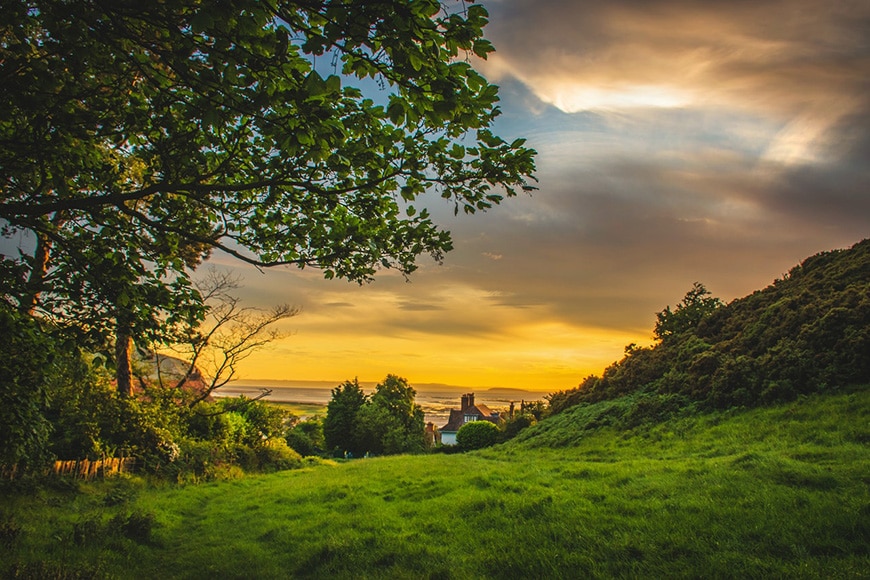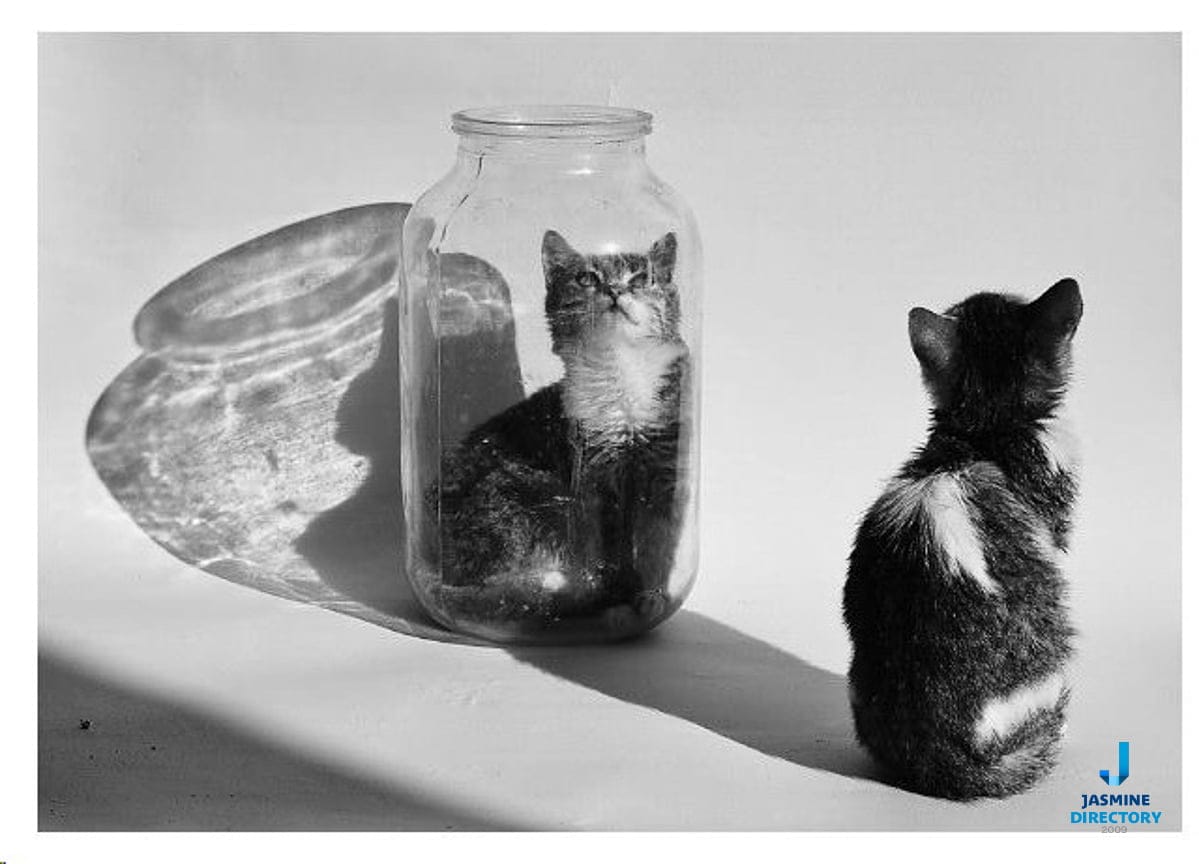Asymmetrical balance is known as an informal balance and can feel a little less organised than symmetrical balance. Not only is it a perfect example of asymmetrical balance but it will also help me to explain the concept.

What Is Asymmetrical Balance Photography And How To Use It
In this case you have an example of informal balance.

. The more you are consciously aware of asymmetrical balance in your own personal compositions the easier it will become in your daily practice. Each object colour shape and tone in an image has a different visual weight. To be considered asymmetrical a design needs to have unequal visual weight on either side but those unequal visuals need to balance each other.
Again think of the scale above but this time you balance the scale by using the same object on one of the sides and on the other side you now place two objects with half of the weight. Instead use negative space object placement and line placement to create a sense of balance. How is asymmetrical balance achieved.
The Importance of Asymmetrical Balance in Photography. To be thought of asymmetrical a design must have unequal visible weight on both facet however these unequal visuals must balance one another. A photograph with asymmetrical balance often ties in closely with the rule of thirds.
The Definition of Asymmetrical Balance Asymmetrical balance happens when you will have completely different visible pictures on both facet of a design and but the picture nonetheless appears balanced. Texture can create a smooth and rugged look as well as feel different and in this way provide a unique sense of balance. Up to 2 cash back Asymmetrical Balance Also known as informal balance asymmetrical balance is the most common composition technique in photography tutorials and art workshops.
Look at the picture above. Dont always try to match what you see on either side of the central point. But those visual elements balance out each other.
It can create a very thought-provoking piece of art that awakens the eye due to its imperfect. Asymmetry in photography can be a very beautiful and eye-catching technique. It is the relationship between the different elements that create a sense of balance in photography drawing again on how as a society we have learned to see images shaped by a history of art and the images that surround us every day.
Dont always try to match what you see on either side of the central point. This idea is all about placement and visual weight. Then balance it with wide.
Many professional photographers prefer asymmetrical balance due to the complexity of the image. Here we see asymmetrical balance where elements on either side of a composition do not reflect one another and symmetrical balance which can be thought of as a mirror image a composition in which. It evokes a sense of modernism and movement.
In landscape photography you can create. Asymmetrical Balance is a design that looks balanced despite a lack of symmetryDesign education often includes a rule that elements should be symmetrical because people find this more attractive. In an asymmetrical photograph if the photograph were to be sliced in half neither side would be symmetrical.
This means that an asymmetrical photo still follows the rules of composition. This isnt necessarily true. Known alternatively as informal balance asymmetrical balance is a bit more difficult to achieve.
It can be achieved using negative space colour or the rule of thirds to frame your subject. Remember both the tri-lines of the rule of thirds and leading lines when it comes to balancing photos. What is symmetrical balance vs.
Instead use negative space object placement and line placement to create a sense of balance. What Is Asymmetrical Balance in Photography. Asymmetrical balance occurs when you have different visual images on either side of a design and yet the image still seems balanced.
In landscape photography you can create asymmetrical balance by placing a large object like a big tree or a wide river on one side of the frame. There are different techniques you can use to give your photos a balanced asymmetrical look. The first image is an example of symmetrical balance and the second is an example of asymmetrical balance.
Asymmetrical balance is when you have two dissimilar sides of a design and have positioned visual weight unequally and yet youve still achieved a sense of balance. Asymmetrical balance also known as informal balance is when you have unequal elements in terms of visual weight but you still have a sense of balance in the overall picture. What are the 5 kinds of balance.
Oct 30 2020 Asymmetrical balance is when you have unequal visual weight on each side of the composition yet the photo still conveys a sense of balance. Now imagine drawing a line down the central axis of the photo from top to bottom. Asymmetrical balance in art is when an artworks composition is not symmetrical but balances visual weight between its two sides.
Since it requires intentionally placing your subject off-center its more difficult to achieve but gets easier with daily practice. In symmetrical balance if an imaginary line is drawn by means of the middle of the work each side are precisely the identical and balanced in that manner. This kind of balance is informal.
Asymmetrical balance is when one side of the frame holds the main subject and the other side of the image is balanced out by smaller subjects or negative space. Asymmetrical balance in photography is also referred to as informal balance. With asymmetrical balance the goal is to create a similar sense of weight on each side of the composition.
Asymmetrical balance has two sides that are unequal while having elements that balance each other out. There are two kinds of balance. What Is Asymmetrical Balance in Photography When a photo is asymmetrical it has unequal visual weight on either side.
The rule of thirds uses asymmetry to your advantage. Imagine a photo of an object. Radial balance is when theres a circular shape that begins in the center of an image.
In asymmetrical balance the 2 sides arent similar however differ from each other. Think of the image a kaleidoscope creates. Asymmetry refers to a lack of symmetry or balance in the photograph.
This idea is all about placement and visual weight. However this allows for more variety in composition as we are not relying on perfect symmetry originating from a. Up to 2 cash back With asymmetrical balance the goal is to create a similar sense of weight on each side of the composition.
This frees an image from the constraints of symmetry while still. Using texture and patterns in your photos naturally grabs the attention and helps counterbalance. Rest of the detail can be read here.

Composition Technique Balance Symmetry Welly Pictures

What Is Asymmetrical Balance Photography And How To Use It

What Is Asymmetrical Balance In Photography And How To Use It

14 Ways To Use Asymmetrical Balance In Photography

9 Asymmetrical Balance Photos Ideas Asymmetrical Balance Asymmetrical Composition Photography

Five Kinds Of Photography Balance You Need To Understand To Take Appealing Photographs Student Resources
Asymmetrical Balance In Photography Explained By Smugmug Smugmug

0 comments
Post a Comment